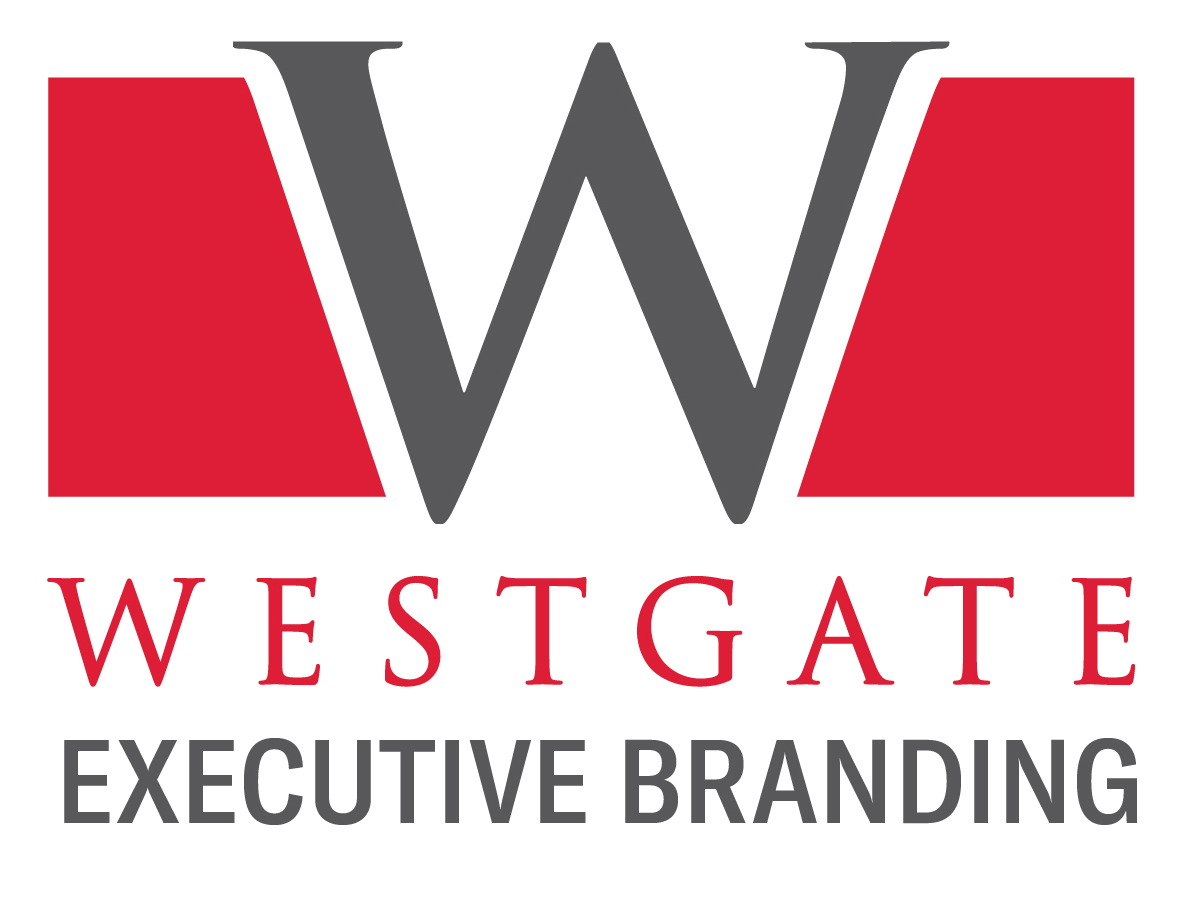Driving peak performance for CEOs and their boards, Westgate Executive Branding Offers Premier Advisory Services & Personal Branding Consulting for High-Profile Leaders. About Maureen—CEO & Founder.

Avoid costly terminations and enhance the performance of high-driving CEOs by learning how to approach the board with confidence or how to approach your operating partner with a key issue. CEO turnover and its cost to investors, reputational damage to the brand, and friction with employees are all risks associated with poor communication.
Research conducted by Salesforce shows that 86% of employees, as well as corporate leaders, believe ineffective communication is the root cause of workplace failures. Additionally, according to Harvard Business Review, 72% of employees feel their performance would improve when their leaders provided corrective feedback.
But what is the best way to deliver this feedback? It depends on the person…
In addition to this tool supporting team building and behavioral analysis, it also supports our proven system (C-Suite Optimization Program) that puts key messaging and authentic personal branding into the hands of the executive. The personal brand is a tool and corporate asset to help the CEO navigate the tricky and sometimes sticky relationships in the corner office.
Executive personal branding helps to uncover authentic messaging based on personal values using verifiable tools. Personal branding strengthens communications with internal and external audiences in a way that supports the corporation’s brand and its business goals.
This article is an extension of a very popular one we wrote discussing how to work with teams. This is the first article of 4 that we will be publishing over the next 2 months on the four primary leadership styles.

Executive performance optimization
At a recent business meeting in New York City, a private-equity partner (after listening to my value proposition) asked me: “Maureen, how do I get someone like you into my portfolio company? I know they need you, but how do we bring you into the company without accusing the CEO (or the board) of incompetence?”
It’s a great question, which we address in this article.
When to bring Westgate into your organization
Typically, we’re invited into organizations when:
There is a newly appointed CEO
- To protect the board’s investment in the new CEO
- To assist with an effective CEO transition with the new leadership team
- To align internal and external messaging designed to improve CEO/Board engagement
When change is coming
- Handing over the reins to a new leader
- An IPO or strategic sale is on the horizon
- Require a plan for the business post-bankruptcy
When change is overdue
- Optimize the digital footprint for the CEO and leadership team
- Raise thought leadership and visibility in the capital markets
- Align the CEO and the board’s priorities
Organizations are led by various types of leaders: high drivers, extroverts, introverts, and analytical leaders. This article focuses on how to interact with and influence the highly driven CEO, often known as the type “A” leader.

Highly driven executives
CEOs are under pressure to deliver on a mandate—consequently, they are characterized as an intense person who is deeply focused on delivering on the plan. They are perceived as type “A” and super-driven. There is a lot of pressure to produce results. Because of this, the CEO may appear inconsiderate and bottom-line-focused.
The CEO’s intentions are likely to deliver results with integrity.
To collaborate with a highly driven CEO (board chair, shareholder or investor), it’s important to consider their business and market situation from their perspective. The CEO reports to the board and the board reports to shareholders, investors, and other stakeholders.
How do you know the person you’re dealing with (CEO, board chair, etc.) is a high driver?
They often:
- Think logically
- Want facts and highlights
- Strive for results and are competitive
- Like personal choices and changes
- Prefer to delegate and be in charge
This infographic below summarizes the type “A” high-driver leader.

How to work with the high driver executive
If you find yourself arguing with a high driver executive, argue with conviction on points of disagreement; backed up with facts. Avoid arguing on a personality basis or through the use of vague statements. We suggest avoiding speculation without factual support and when you disagree, take issue with the methods or procedures, not with the person.
They tend to focus on their own results, so they may tend to become autocratic to get their way. Try to focus on showing them how to win. Provide concise data, agree on the goals and boundaries, then get out of their way.
Find areas where you already agree. Work backwards toward gaining agreement on the results you both want—and are willing to either mutually or independently allow the other to achieve.
“Joey, this format will give you the freedom to develop your branch your way and still allow Liza and Joan to structure theirs another way…without sacrificing time.”

How to help them decide…
High-driver executives are focused on problems and tasks. Generally, they’re naturally decisive, but if they need your support, focus on efficient methods to process details and deal with minutiae.
They focus attention and conversation more on the immediate work tasks, and less on socializing, so avoid spending time asking about their weekend. The best way to help them with decision-making is by helping form the quickest path to that decision. Focus on direct answers to questions.
If the decision will help them meet their goals, they go for it; if not, they say no. One of the few times they put off reaching a conclusion is when it takes too much time and/or effort doing the homework to determine the best alternative. Prevent their procrastination by simply providing a brief analysis for each option.
How to encourage them…
High drivers generally require freedom to express their own ideas, initiatives, and creativity. Try to prioritize creating this space for them. They are motivated by opportunities and encouragement to try new ideas and take risks. It’s ideal to point out objectives and expected results.
They want the influence and power to delegate to achieve results. They’re generally encouraged by a participatory administrative infrastructure and a democratic supervisor or board.
They prefer an environment that provides lots of interpersonal contact, disparate activities, and occasional surprises. They won’t respond well to micro-managing and will be most effective in a workplace that frees them from too many details and heavy supervision.

How to compliment the type “A” leader
Omit personal comments and focus on their achievements and the results they’ve accomplished. It’s beneficial to provide testimonials from people they see as important and prominent. It’s important to them to be recognized for what they have done.
“Peter, you’ve exceeded our company goals every month for the past year and have constantly committed to overtime hours. The board has their eye on you for an upcoming c-suite position.”
Know their fears
Understanding their fears is key to helping the high driver succeed in their leadership role. Remember, behaviors are driven by motivators and fear is one of those.
Generally, the primary fears are that they will be taken advantage of or lack control, possibly due to the degree of accountability the leader feels. Mitigating this fear involves empowerment.
Draw them out by talking about the desired results; then discuss their concerns. Ask them how they would solve problems:
“Monica, we’ve heard comments that need to be addressed. It seems some of your employees don’t feel appreciated for the extra hours they’ve been putting in for you. They’ve worked 14-hour days to beat your deadline. How do you think we can strengthen their morale?”

How to bring Westgate into your organization
Launch your offsite meeting confidently with our premier inclusion event and create inclusion and trust for your executive management team. Let people know you care by learning their behavioral styles and understanding their personal preferences for engaging with others.
This private event delivers a high return on time invested because you will walk away with a tool that takes the mystery out of people, making your relationships with your team members more meaningful, trusting, and effective.
Working with Westgate is easy because it’s organized, preplanned, and takes less than 45 minutes to complete, once the individual assessments are conducted (30-40 minutes). We profile each person on the team privately (and virtually) and then Maureen goes into the group at a team meeting, dinner meeting, or event to deliver a group debrief.
Our CEOs tell us that our Leadership Assessment is immediately beneficial to them while helping them understand themselves, their team members, their employees, and even their families better.

Maureen Farmer, CEO/Founder, is a Certified Personal Branding Strategist. She helps CEOs build authority, trust and elevate their credibility with capital markets, shareholders, investors, employees, and clients.

